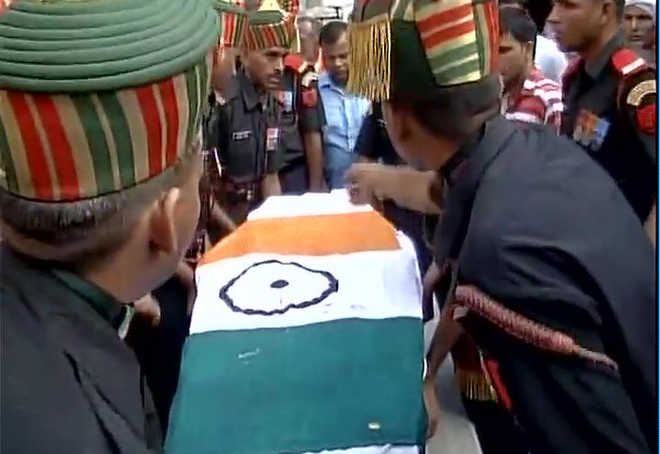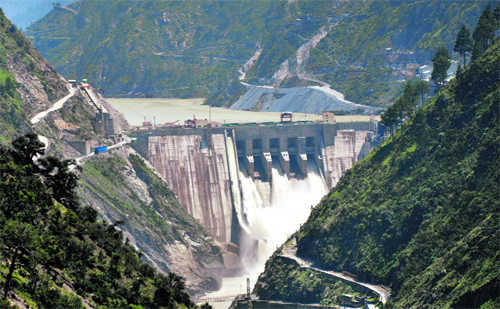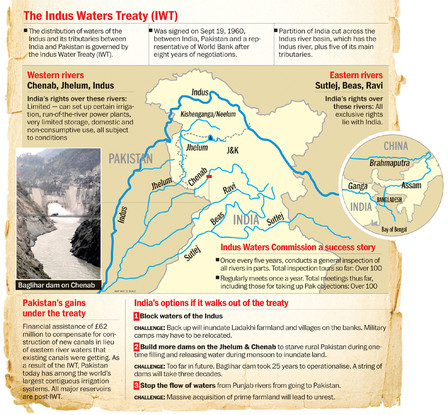
Lt. Gen. Ranbir Singh, Director General of Military Operations, on Thursday said that the Indian Army conducted surgical strikes on seven terrorist launch pads across the Line of Control at around midnight on Wednesday, and destroyed five of them.
The army struck terrorist units that were ready to carry out attacks in Jammu and Kashmir and various other metros in India.
He said the surgical strikes had caused significant casualties to terrorists and those who were shielding them.
So how are surgical strikes carried out, who engages in these strikes and, more importantly, just what are these strikes?
What is a surgical strike?
A surgical strike is a swift, covert military attack designed to destroy specific targets. Such an assault results in damage only to the intended military target and does causes minimal or no collateral damage to surrounding structures, vehicles, buildings, or public infrastructure and utilities.
Total neutralisation of targets with surgical strikes also ensures the prevention of an assault being escalated to a full-blown war.
As a part of India’s Cold Start Doctrine, surgical strikes are a very effective way of foiling infiltration bids by terrorists across the Line of Control.
The details of the current strike have not been revealed to the public for obvious reasons.
Surgical strikes are a very potent weapon in India’s hand against a hostile nation that has time and again threatened to use nuclear weapons against Indian forces and people.
How is a surgical strike carried out?
Special operations forces or commando units, who are airdropped into the enemy territory, carry out surgical strikes. These elite forces then inflict maximum damage on the targets and are safely extracted from the conflict zone. Some special forces also carry out such strikes in a ground operation.
Air raids too can be a part of a precise surgical strike. The Indian Army, Indian Air Force and the Indian Navy all have special operations forces to carry out surgical strikes if required.
What are the major requirements before carrying out a surgical strike?
Accurate and credible intelligence is the most important element required while planning and executing a surgical strike. The military’s special operations units work very closely with the Intelligence Bureau, the Research & Analysis Wing, military intelligence services and deep assets that the country has within the enemy nation to get all the information related to the targets, etc.
Such Special Operations are very complex and are very carefully planned and coordinated.
India Army’s Parachute Regiments are highly trained para-commandos specially equipped to carry out such audacious strikes. The Indian Navy has marine commandos or MARCOS and the Indian Air Force has Garudas for asset protection and containment.
All about India’s surgical strike across LoC:
- The surgical operation that Indian Army conducted covered eight locations up to two km across the LOC.
- It started around 2.30 am (IST) on Thursday and continued till 8 am (IST) on Thursday.
- The operation focused to ensure that terrorist do not succeed in infiltrating the nation or endangering the life of Indian citizens.
- Lieutenant General Ranbir Singh said that the terrorists captured have confessed to their training and arming in Pakistan or territories under the control of Pakistan.
- Lieutenant General Singh also claimed that the teams have found items, including GPS, with Pakistani markings.
- Pakistan Prime Minister Nawaz Sharif has condemned the attacks and warned India that the country’s “desire for peace should not be interpreted as our weakness.” Pakistan calls the attacks cross-border firing.
- Lieutenant General Singh said that abiding by the protocol, India had informed Pakistan about the attacks. A week-long surveillance by Indian Army confirmed that terrorists were stationed in the areas ready to infiltrate into India.
- According to Pakistan Defence Minister Khawaja Asif, two Pakistani soldiers died and nine others were injured in the operation. (From Agencies & IBT)





















































































































